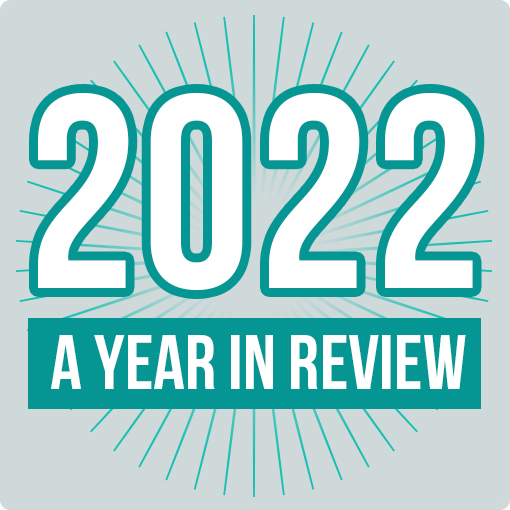Practical Email Marketing Workshop – 9.00am, Day Two
We were at the start of the final day of the two-day workshop on Practical Email Marketing and there was a problem. We had a day full of content to get through and the group’s enthusiasm was starting to lag. I looked out across the group and wondered if Amanda and I had told them too much too soon in their email marketing life. Now they really knew what they didn’t know and all the work this meant ahead.

On the drive in, I had thought through how I could distil down the previous day’s content into a few simple words to tie it all neatly together. It was a struggle; there was so much we had covered. Even so, I called a start to the day and walked to the front of the room to start the review.
First, I mentioned why we had spent so long on developing an effective customer acquisition strategy for email marketing. Eight years ago when I started in this industry, 20 minutes on this area would have been too much. Back then, receiving an HTML email newsletter was quite a novel experience. Now we receive enough of them (both solicited and unsolicited) to build your own novel! The latest research from Marketing Sherpa supports this point, with recipient email overload being the one factor email marketers see as limiting the success of their own acquisition campaigns. Prospects are becoming less and less willing to receive any more email.
So the hour or so we spent on this subject was to solve this problem. What was the one thing that stood out as key in this process? Clearly understanding their ideal prospect. Knowing with certainty what appeals to their audience allows them to package a list of subscription benefits that can magnetically pull people onto their list.
I mentioned how they should think of content before savings when building their own list of benefits. The promise of offers and discounts are often used by lazy marketers to attract subscribers. (There must be lots of unmotivated email marketers out there, as this is the most common offer to entice subscription.) But content, great content, content that truly resonates with the desires of your audience can build a list much faster than offers can, and in the process can protect valuable margins.
So, after labouring the point of how we all get too much email to want to subscribe to any more unless presented with good reason to, I then moved onto why the study of email marketing retention strategies had taken so much of the previous day’s content. Yes, it made them late for morning tea BUT we did this for a reason.
Retention strategies are mostly about email newsletters. And newsletters are about content, and creating content is hard. So hard in fact, that I would estimate that over 50% of email newsletters splutter to a publishing halt within the first 6 months of their life. So, while everyone is busting out of their seats to get started, in 6 months time they could be ruing the day they committed to a regular email newsletter.
All this work with retention can be easier to bear if there is a measurable pay-off from your strategy. Therefore, an email marketing retention strategy worth its salt should have a way to accurately measure its success. While email message opens and clicks are the early signs that things are working, what really makes content creation seem worthwhile are extra sales and/or leads.

So for those who have products that can be purchased online, you need to track the website traffic generated by any email newsletter right down to the orders it generates. There’s no nicer feeling than seeing the sales your latest email campaign generated just a day after you let it loose to your list.
The same applies to generating leads of new work from existing customers. If you can ask them to fill in your website-hosted lead capture form, then again you can see how many new leads came from your latest missive. Both of these actions, leads and sales, are quick results that prove your retention plans are working well.
The third outcome may take some digging around within your purchase history data to find, but you may be rewarded for your work with a pleasant surprise. What you are searching for is a change in your customer’s purchasing frequency as a result of receiving your email message. For example, the average customer may purchase a book through your online store twice a year. But for customers who receive your email newsletter, this purchase frequency may drift up to three times a year.
So to wrap up my wrap up – acquisition is all about knowing your prospect so well that the benefits you offer them for joining your email list easily outweigh any reticence they may have. The work with retention is made easier once you establish measurable outcomes that reveal big business benefits.
After that, we were off, as more content was delivered to attendees at speed over the day to fill what space was left in their email marketing minds. However, if the workshops that were presented at the end were any reflection of the quality of work they will turn out, then we should all be seeing some great new email marketing strategies play out around us soon.


